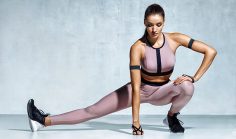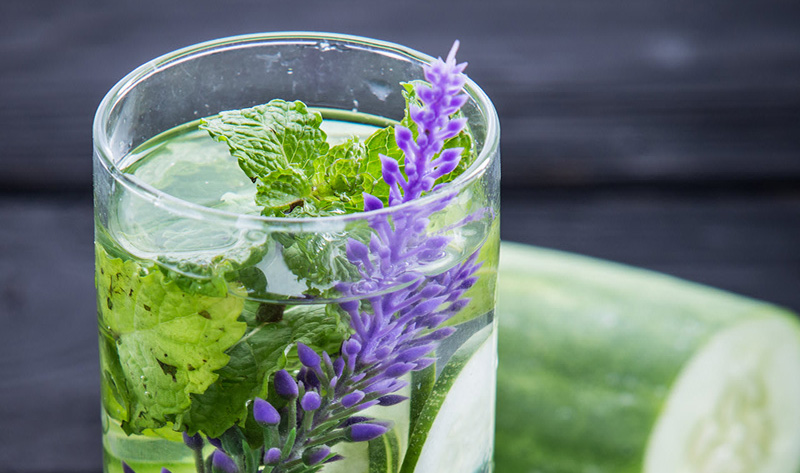For many people, lifestyle changes can be enough to get varicose veins under control. Support hose can also put gentle pressure on the area around the vein to aid blood flow and prevent bulging and swelling. When varicose veins are too big a problem to control with lifestyle changes, there are treatments available from your doctor.
Sclerotherapy involves injecting a chemical into a varicose vein to close off the vein, so that blood can’t get through. The blood finds other veins to deliver it back to the heart, and the closed-off vein fades away over time. For larger veins, a technique known as foam sclerotherapy may be utilized. By adding a gas, such as air, to the sclerosing medication, there is more surface area for the medication to react and more efficacious scarring and eventual fading of the veins.
The same treatment, using less of the chemical and a smaller needle, is known as microsclerotherapy. Microsclerotherapy can be used to treat spider veins and smaller varicose veins.
There are also a number of surgical treatments available. These procedures are performed as outpatient surgery for the most part, meaning that you can go home after surgery without needing a hospital stay. However, some of the more complicated surgical procedures may require you to rest up at home for a few weeks. Surgical treatments for varicose veins include:
- Laser surgery to close up smaller varicose veins without cutting
- Endovenous ablation therapy. This treatment involves a tube inserted through a small cut in the skin near the varicose vein to close up the varicose veins using heat from lasers or radio waves.
- Ambulatory phlebectomy uses small cuts to remove varicose veins near the surface of the skin.
- Endoscopic vein surgery. For this technique, your doctor makes a small cut and inserts a tube through the cut, just like in endovenous ablation. However, in endoscopic surgery, the end of the tube has a small camera that the surgeon uses to find the problem vein, and tiny surgical tools to close it up. This treatment has a longer healing time than ablation or laser surgery, and is mostly reserved for varicose veins that cause sores or bleeding. The at-home recovery time is typically 1 to 2 weeks.
- Vein stripping and ligation involves tying veins off and removing them. You can usually go home the same day that this surgery is performed, but a full recovery can take up to a month.











